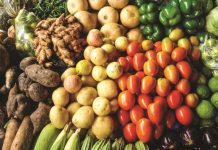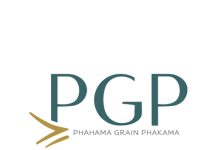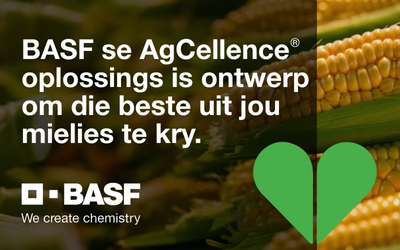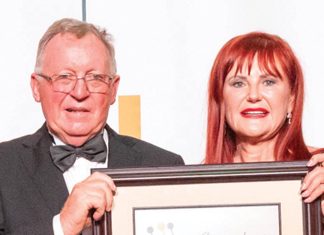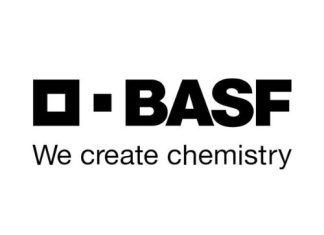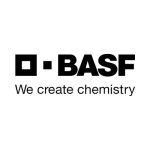The 2025 annual meeting of the National Grain Research Programme (NGRP) was held in Potchefstroom under the theme ‘Farming 2.0: Smarter and Greener’ and brought together scientists, producers, policymakers, students, and agri-industry leaders. Hosted by the Agricultural Research Council (ARC) in partnership with North-West University (NWU), the meeting was a showcase of real, grounded research that directly responds to the challenges facing South Africa’s grain and oilseed industry.
What unfolded was not just a display of academic insight but a working session where ideas met urgency. With climate pressures rising, land availability shrinking, and input costs increasing, the ARC and NWU created a space for focused, practical conversations
that matter.
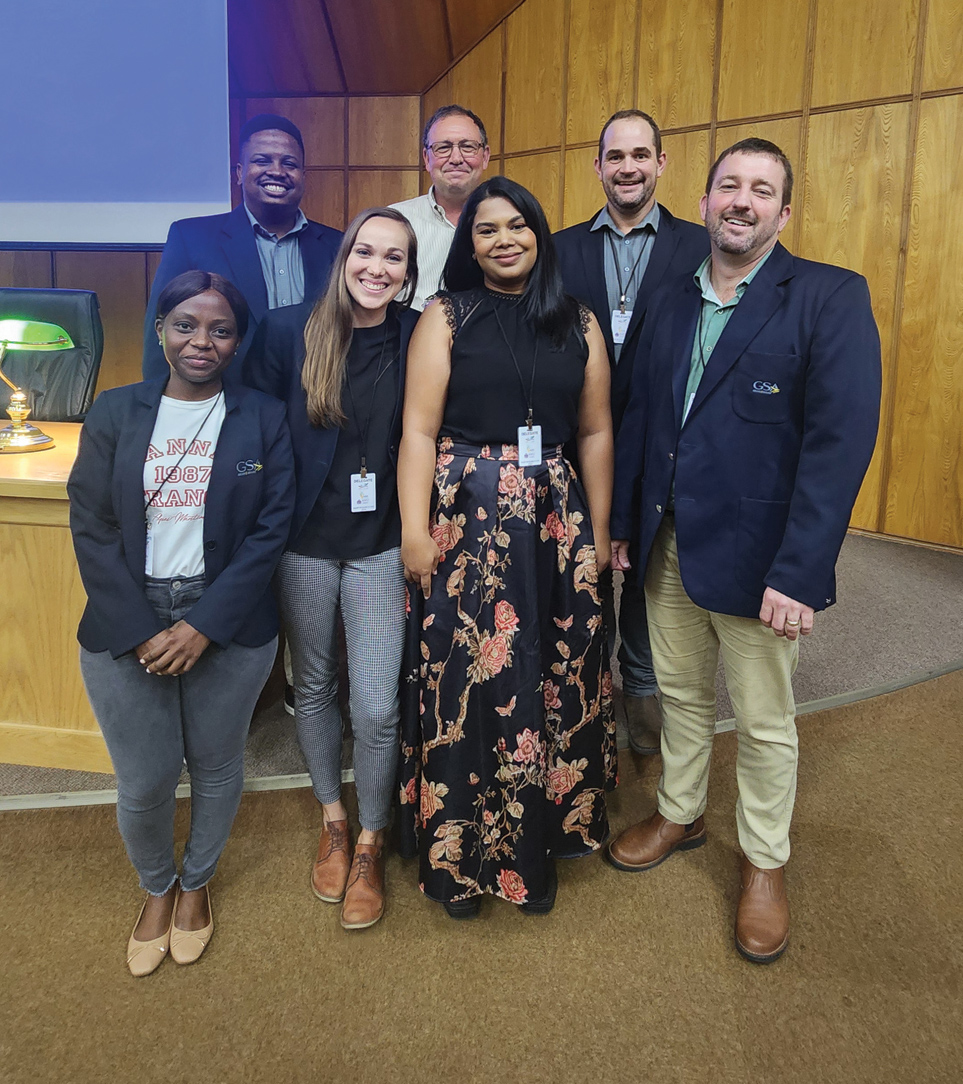
Precision agriculture and digital innovation
The meeting opened with a deep dive into precision farming and digital technologies. One highlight came from Prof George van Zijl, who shared findings on how grid-based soil sampling and refined spatial analytics could transform fertiliser efficiency. The introduction of near infrared soil spectroscopy, a faster and more affordable alternative to lab-based analysis, was also presented with a proposal to create a national network that would support more accessible soil diagnostics.
High-throughput phenotyping trials revealed that planting maize late in the season, particularly in January, leads to significant drops in germination due to colder soil temperatures. Drone technology received major attention, with researchers demonstrating how drones are being used not only for crop monitoring and pest detection but also for targeted spraying. Trials showed that in some cases drone spraying was more effective than traditional methods in both coverage and cost.
Engineers also stepped into the conversation, applying Lean and Six Sigma frameworks to improve grain logistics. Research into timing and traceability is pushing for smarter, more streamlined information flow from farm to silo.
On-farm research and producer driven innovation
This session put the spotlight on the value of working alongside producers, not just for them. On-farm trials are proving vital in improving adoption of new techniques and technologies, especially when producers are involved in the research from the beginning. When research meets reality on the farm, it becomes more than theory – it becomes practice.
Grain SA is a leader in this space through platforms like the Agricultural Bioeconomy Innovation Partnership Programme (ABIPP), a Department of Science and Innovation initiative. ABIPP has mobilised over R400 million to support innovation in areas including grain, sorghum, aquaculture, and biosecurity. These platforms also enable smallholder support, technician training, and the development of responsive decision tools.
Discussions also focused on land constraints, climate adaptation, and the regulatory environment. With only 12 million ha of arable land available in the country, and just 1 million of that under irrigation, speakers stressed the need for more resilient cultivars, improved irrigation systems, and new approaches to crop protection. Plant breeders’ rights, along with updated GMO and gene editing policies, were flagged as priority areas for reform.
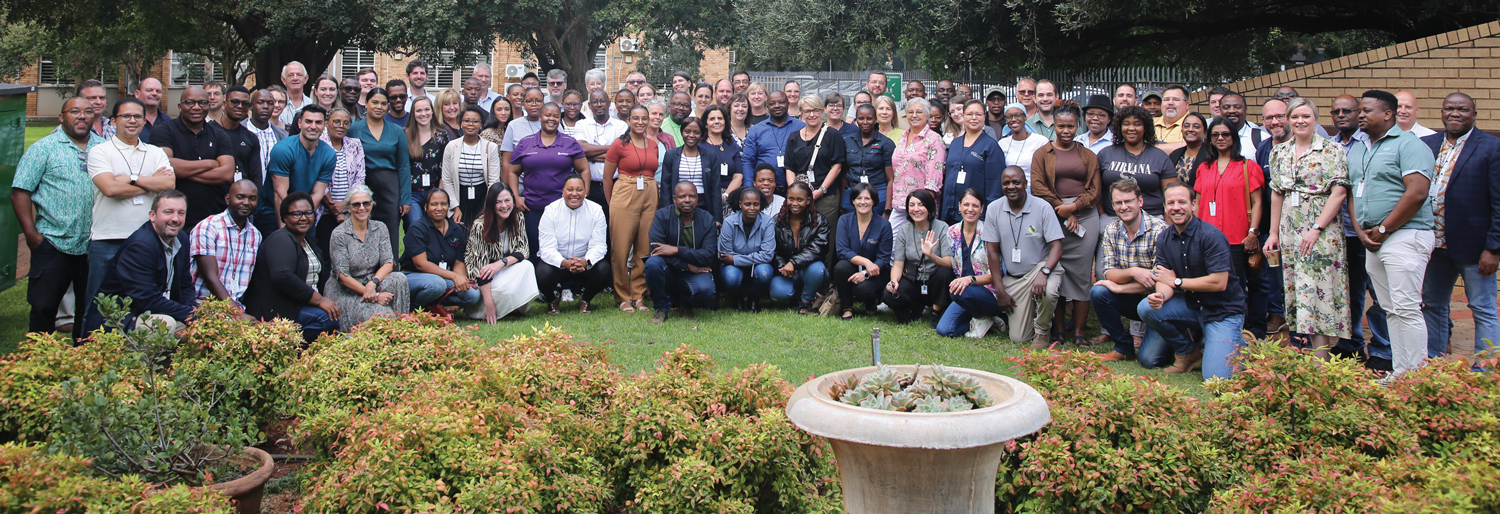
Breeding crops for an uncertain future
The third session focused on breeding, where timelines are long, risks are high, and the rewards are essential. Crop improvement is a slow and expensive process, often taking more than 20 years to bring a single cultivar to market. For breeding efforts to succeed, alignment between policy, regulation, and research investment is critical.
ARC researchers and partners shared progress in speed breeding technologies, now making it possible to complete three generations in one season in dry beans. New tools like indoor scanners and automated colour sorting machines are enabling researchers to
assess traits with better accuracy and at greater scale.
Disease resistance featured strongly. Soybean trials showed cultivars that are resistant to both Sclerotinia stem rot and sudden death syndrome. In wheat, the use of weather data to model pest outbreaks is being combined with integrated pest management strategies that include host resistance and reduced reliance on chemicals.
Young scientists added energy to the session, presenting new research on biostimulants, marker-assisted selection, and gene expression under salinity stress.
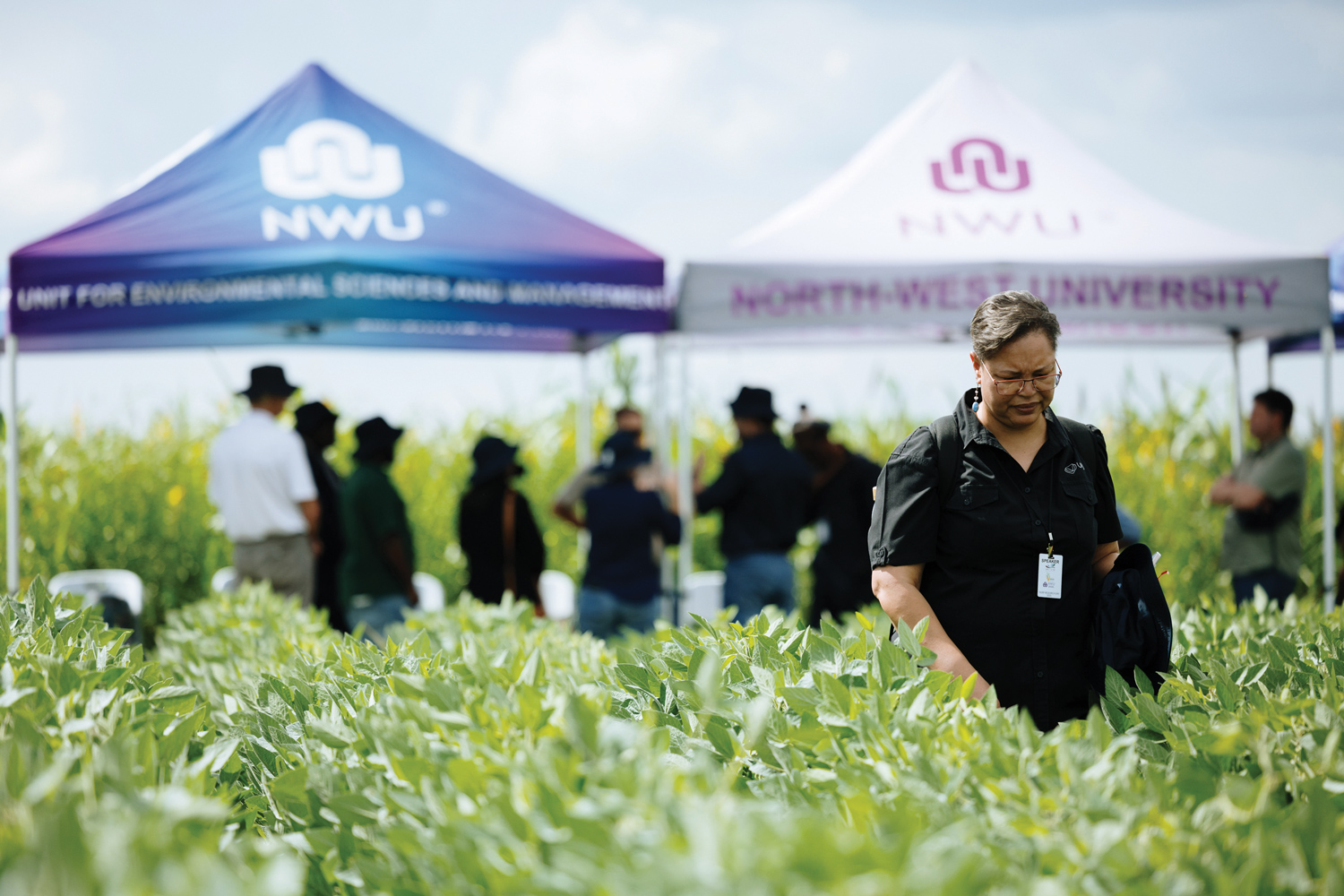
Soil health, mycotoxins, and plant disease monitoring
The final session addressed risks that often go unnoticed until they become critical. Mycotoxins, nematodes, and declining soil health continue to pose threats to both food safety and productivity. Dr Lindy Rose highlighted the need to act early and decisively on mycotoxin contamination, which remains a persistent challenge in the industry.
Dr Neriman Yilmaz shared findings from the Eastern Cape, where multiple Fusarium species and their associated toxins, including fumonisins and deoxynivalenol, were detected in maize that appeared healthy. Her research called for integrated surveillance systems, genomic profiling, and stronger food safety protocols.
Dr Lisa Rothmann proposed a centralised digital platform for plant disease monitoring that would allow for real-time data sharing and early warning across regions. It is a proposal that aligns with the ARC’s ongoing work in plant diagnostics and biosecurity.
Soil health and nematode control rounded out the session. Prof Gerhard du Preez emphasised the need for measurable soil health indicators, while Dr Sonia Steenkamp addressed the phasing out of chemical nematicides and proposed sustainable alternatives, including cultivar resistance and rotational cropping systems.
The 2025 NGRP gathering served as a reminder that science only matters if it is useful, accessible, and grounded in context. Through their leadership, coordination, and research contributions, the ARC and NWU helped to shape the direction of grain research in the country through their collaboration in bringing this event to life.
At a time when additional arable land is limited, input costs are rising, and food security is under pressure, the work done at a gathering like this matters. The NGRP annual meeting did not just inform. It connected. It questioned. And it moved the conversation forward. It showed that science is not merely an abstract idea, it is a useful tool. And the delegates affirmed their commitment to continuing to put that tool to work for the producers who need it most.







